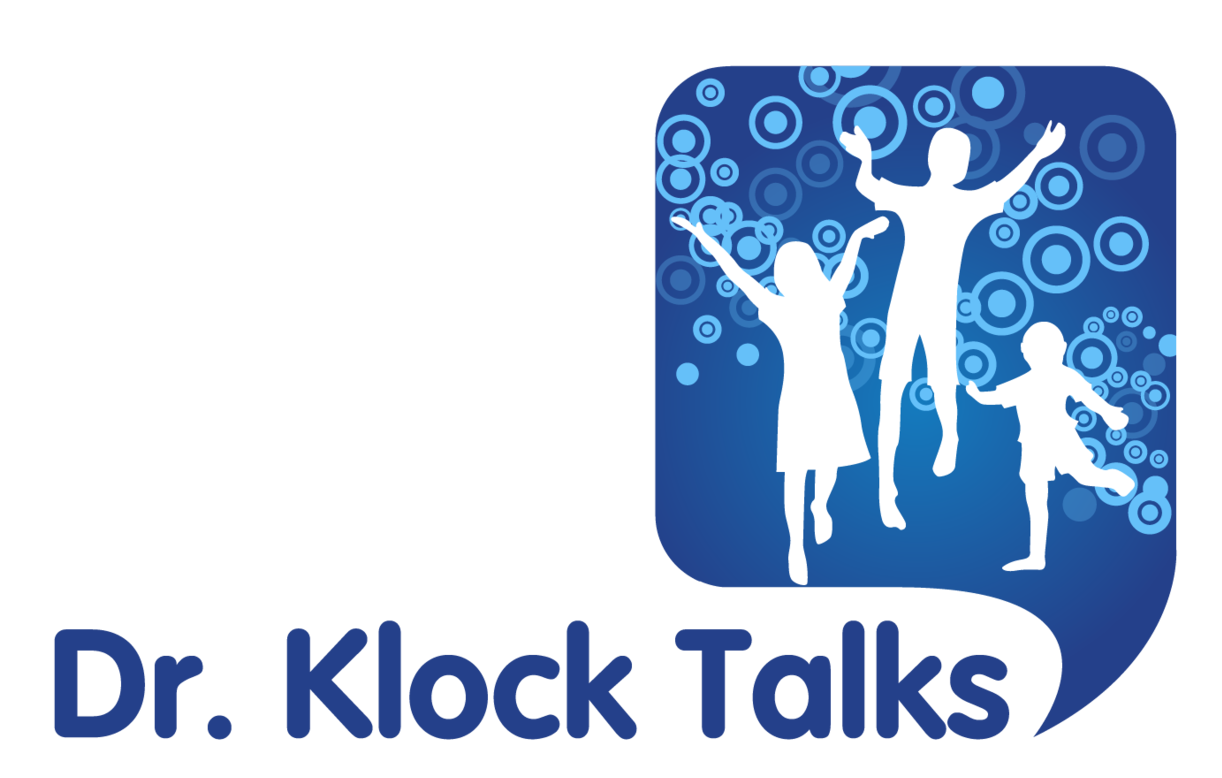Giving back to get ahead.
/I salute Brandi Chastain's unprecedented commitment to improving what we know about concussions and repetitive head injuries as she pledges to donate her brain to science when she dies. What an incredible way to give back! Participating in organized sports is a crucial component of many children's lives. As we continue to support our children in their endeavors, we also need to consider the best way to protect their young, developing brains. Thank you Brandi Chastain.
Soccer icon Brandi Chastain to donate brain for CTE research
By Nadia Kounang, CNN | Updated 7:23 AM ET, Tue March 8, 2016
Story highlights
- Brandi Chastain was part of two U.S. Women's World Cup championship teams
- Chastain donating her brain to Boston University brain bank for CTE research
(CNN)U.S. soccer icon Brandi Chastain has promised to donate her brain to Boston University for research into Chronic Traumatic Encephalopathy, or CTE.
The degenerative brain disease can result in Alzheimer's-like symptoms such as memory loss, rage and mood swings. Scientists believe CTE occurs when repeated hits to the head lead to a buildup of the abnormal protein called tau in the brain.
After scoring the winning shootout goal in the 1999 Women's World Cup finale against China, Chastain was immortalized in a photo as she fell to her knees, whipped off her shirt, and clenched her fists in excitement. The photo was voted Sports Illustrated's second most iconic cover of all time. Many consider it the greatest moment in U.S. women's sports.
Brandi Chastain reacts to her winning penalty kick that won the 1999 Women's World Cup for the U.S.
In a statement, the two-time Women's World Cup champion said she hoped her donation would change soccer for the better. "I hope my experience in soccer and what I am able to give back helps put soccer in a better place than it was when I started."
"Having played soccer since I was little, I can't even attempt a guess at how many times I've headed the ball. It's a significant number. It's scary to think about all the heading and potential concussions that were never diagnosed in my life, but it's better to know."
A 2013 study found that players who frequently headed the ball had brain abnormalities similar to people who suffered from concussions. The study found that soccer players headed the ball six to 12 times per game, while the ball was traveling 50 mph or faster. Players likely headed the ball 30 or more times during every practice.
Heading is responsible for nearly a third of all concussions reported in youth soccer, and female athletes may be more at risk. A 2015 analysis of 100 U.S. high schools found that girls were more than 1.5 times more likely than boys to experience a concussion.
Today, the 47-year-old mother continues to coach soccer at her alma mater, Santa Clara University.
In a 2012 interview with CNN's Dr. Sanjay Gupta, Chastain said that she works hard to teach her players how to avoid concussions by being aware of where they are on the field. "Part of it for me is not so much about hitting the ball. It's more about how fast is an opponent coming, where is your body in space? How do you protect yourself?" said Chastain.
"How do you protect yourself in space so you might not have that headfirst collision?" she added. "We teach the players about their spatial awareness when other people are kind of trying to infiltrate their space."
Chastain has also been heavily involved in the Safer Soccer campaign, aimed at eliminating heading in soccer for kids under the age of 14. Last November, U.S. Soccer prohibited headers for children under 11, limiting the move to players between the ages of 11 and 13.

